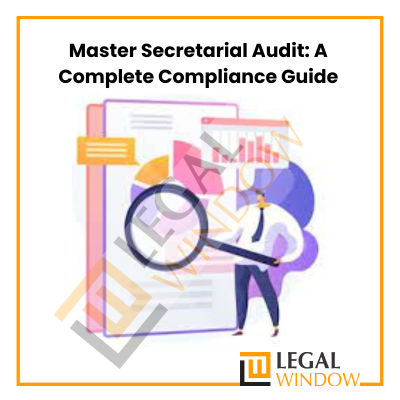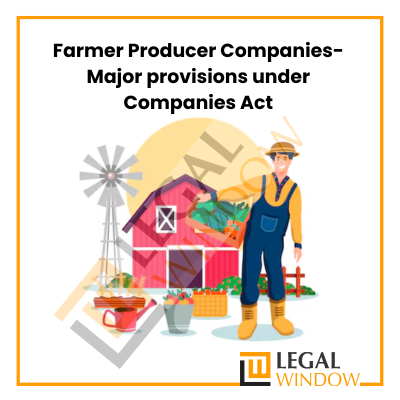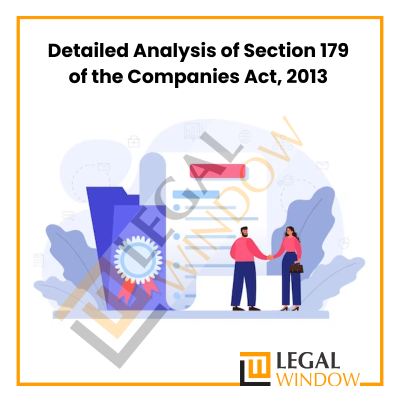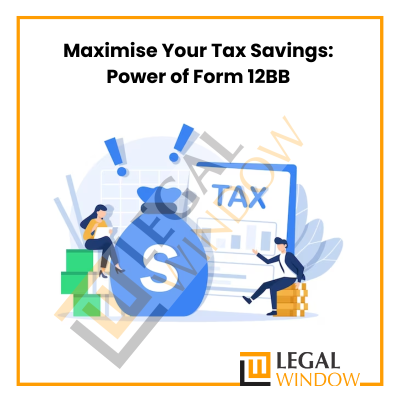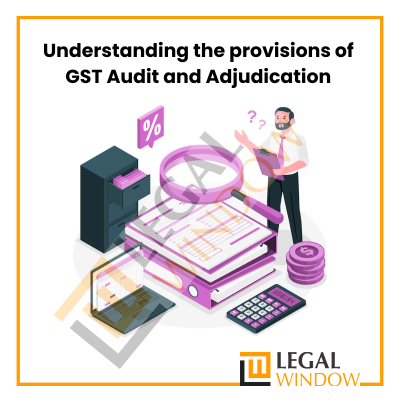Trademark Objection Reply in India: A Guide to Protection of your Brand
- July 28, 2023
- Trademark Registration/IPR
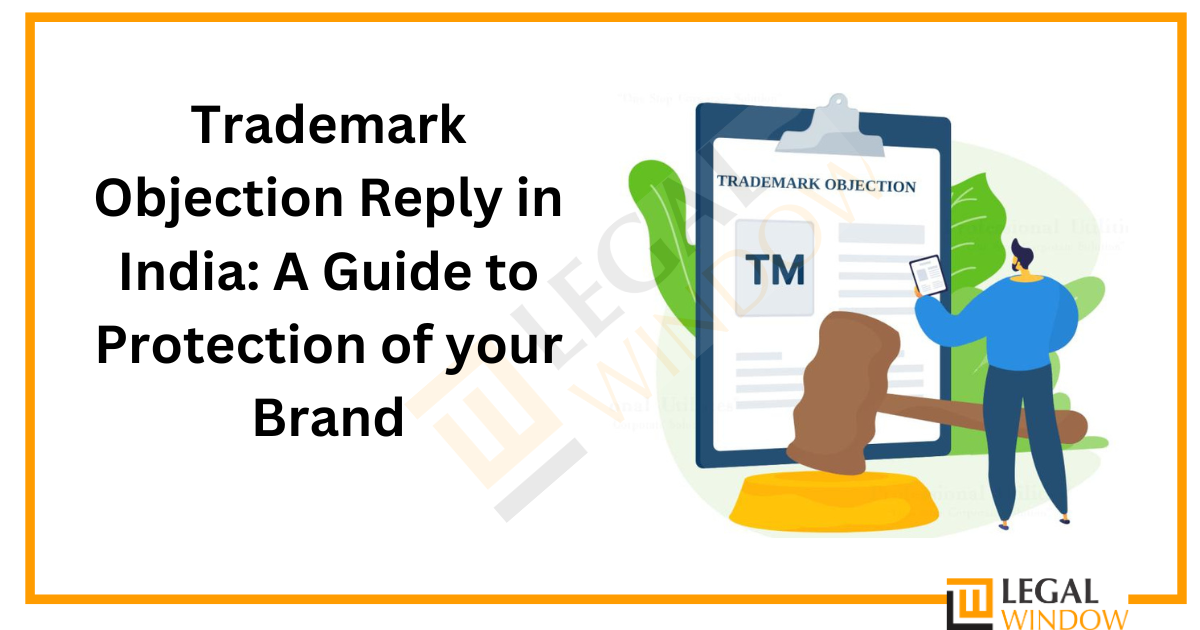 Filing for a trademark is an important step in protecting your brand’s identity and preventing unauthorized use of your intellectual property. However, there may be instances when your trademark application receives an objection from the Trademark Registry in India. When this happens, it is crucial to respond effectively by submitting a trademark objection reply. In this article, we will guide you through the process of filing a Trademark Objection Reply in India.
Filing for a trademark is an important step in protecting your brand’s identity and preventing unauthorized use of your intellectual property. However, there may be instances when your trademark application receives an objection from the Trademark Registry in India. When this happens, it is crucial to respond effectively by submitting a trademark objection reply. In this article, we will guide you through the process of filing a Trademark Objection Reply in India.
What is a Trademark?
A Trademark is a distinctive sign or indicator used by an individual, business, or organization to identify and differentiate their goods or services from others in the marketplace. It can take various forms, including logos, names, slogans, sounds, colors, or even packaging. The primary purpose of a trademark is to protect the brand identity and prevent consumer confusion by associating certain qualities and characteristics with a particular brand.
The registration of a trademark grants the owner exclusive rights to use the mark in connection with their goods or services within the jurisdiction where it is registered. This protection allows businesses to build a unique brand identity, establish customer loyalty, and safeguard their reputation from potential misuse or infringement.
Meaning of Trademark Objection
A Trademark Objection reply in India occurs when the Trademark Registrar finds discrepancies or issues with your trademark application. The objection may be raised due to various reasons, such as similarities with existing trademarks, lack of distinctiveness, or failure to comply with legal requirements. When you receive an objection, it is essential to address it promptly to avoid potential rejection of your trademark application.
Trademark Objection refers to the formal objection raised by the trademark office or a concerned party against the registration of a particular trademark. When an application for trademark registration is filed, it undergoes a thorough examination process to ensure that it meets the legal requirements for registration. During this examination, the trademark office or an interested third party may raise objections based on various grounds, leading to the initiation of an objection process.
Common Grounds for Trademark Objection
Trademark objections can be raised based on several grounds. Some of the most common grounds include:

- Similarity or identity with an existing Trademark: If the proposed trademark closely resembles an existing registered trademark or an application already filed by another party, the Registrar may raise an objection.
- Descriptive or Non-Distinctive Mark: If the trademark is deemed generic, descriptive, or lacking distinctiveness, it may not be eligible for registration. The Registrar may object on the grounds that the mark does not distinguish the goods or services of the applicant from those of others.
- Deceptive or Scandalous Mark: If the proposed trademark is likely to deceive the public or cause offense, the Registrar may object on the basis of morality, public order, or scandalousness.
- Incorrect classification of Goods or Services: If the applicant has incorrectly classified the goods or services in the application, the Registrar may object, requiring the applicant to rectify the classification.
Trademark Objection Reply in India
The response to Trademark Objection Reply is often referred to as the trademark examination reply or the reaction to office action. This reply must be submitted within 30 days after receiving the trademark objection report, or the Trademark Registry may classify the trademark application as abandoned. However, the time limit of 30 days for filing an examination report reply can be extended with the payment of a charge.
Importance of a Well-Constructed Trademark Objection Reply
Receiving a trademark objection does not necessarily mean the end of the road for your trademark application. It is an opportunity for the applicant to present arguments and evidence to address the concerns raised by the examiner. Crafting a well-constructed reply is crucial in overcoming objections and increasing the chances of obtaining trademark registration. Here’s why a carefully prepared response matters:
- Clarification and Evidence: The reply allows the applicant to provide further clarification or additional evidence supporting the distinctiveness, non-infringement, or other aspects of the trademark. This step is essential in addressing the concerns raised by the examiner and demonstrating why the trademark should be approved.
- Legal Arguments: A reply to a trademark objection often involves presenting legal arguments explaining why the objection is unfounded or how the applicant’s mark meets the necessary criteria for registration. This requires a comprehensive understanding of trademark laws and precedents, highlighting the importance of seeking legal advice when formulating a response.
- Protecting Your Brand: Trademarks are crucial assets for businesses, representing their unique identity and distinguishing them from competitors. By effectively replying to objections, applicants can protect their brand and prevent unauthorized use by others in the market.
Documents required for filing a Reply to Trademark Objections in India
To prepare a comprehensive and effective Trademark Objection Reply, certain essential documents are required, which are as follows:
- Power of Attorney: A power of attorney is a legal document that authorizes an agent or attorney to act on behalf of the applicant. It is necessary to submit a duly executed power of attorney in favor of the authorized representative who will be handling the trademark objection reply.
- Trademark Application Details: The trademark application number, filing date, and class(es) under which the trademark is applied should be mentioned in the reply. These details help the trademark examiner identify the application and refer to previous objections and responses, if any.
- Reply to Examination Report: The examination report contains objections raised by the trademark examiner. The reply should address each objection individually, providing relevant arguments and evidence to support the applicant’s case. It is essential to refer to the objection number mentioned in the examination report while addressing each objection in the reply.
- Supporting Documents: Depending on the nature of the objections, various supporting documents may be required to strengthen the reply. Some commonly required documents include:
- Evidence of Prior Use: If the objection is based on the grounds of prior use or prior registration of a similar mark, the applicant should provide evidence of prior use, such as invoices, sales records, advertisements, or any other document demonstrating the continuous use of the mark in relation to the goods/services.
- Affidavits/Declarations: Affidavits or declarations can be submitted to substantiate certain claims made in the reply. For example, if the objection is related to distinctiveness, an affidavit from a consumer or industry expert affirming the mark’s distinctiveness can be helpful.
- Consent Letters: In cases where the objection is based on similarity with an existing trademark, obtaining a consent letter from the owner of the existing mark, stating no objection to the registration of the applied mark can assist in overcoming the objection.
- User Affidavits: If the objection pertains to non-use of the mark, an affidavit affirming the continuous use of the mark along with supporting evidence, such as invoices, advertisements, or product packaging bearing the mark, should be submitted.
- Legal Opinion: In complex cases involving legal interpretations or precedents, it may be beneficial to include a legal opinion from a trademark attorney or an expert in intellectual property law to support the arguments made in the reply.
- Any Other Relevant Document: Depending on the specific objections raised and the arguments put forth in the reply, additional documents that help strengthen the case should be included. These may include market surveys, expert reports, or any other relevant evidence.
- Statement of Applicant’s Rights: It is important to provide a clear and concise statement explaining the applicant’s rights to the trademark and why it should be considered distinctive and eligible for registration. This statement should address the objections raised and provide convincing arguments supporting the registrability of the mark.
- Fee Payment Proof: Along with the reply, the applicant should provide proof of payment of the required fee for filing the reply to objections. The fee varies depending on the number of classes covered by the trademark application.
It is crucial to note that the requirements for filing a reply to trademark objections may vary depending on the specific objections raised by the Trademark Registry. It is advisable to consult our qualified trademark attorney at Legal Window to ensure that all the necessary documents are included and the reply is prepared effectively.
How to File Trademark Objection Reply?
When an objection is raised, it is essential to prepare a well-crafted and persuasive reply to address the concerns raised by the Registrar. Here are some important steps to consider when preparing a trademark objection reply:

- Carefully analyze the Objection: Thoroughly review the examination report and understand the grounds for objection. Identify the specific issues raised by the Registrar and the relevant sections of the Trademarks Act or rules that apply.
- Gather supporting Evidence: Collect all relevant documents, evidence, and arguments that demonstrate the distinctiveness, uniqueness, and non-confusing nature of your trademark. This may include market research, sales figures, customer feedback, and any other supporting materials.
- Craft a persuasive Reply: Prepare a well-structured response that directly addresses each ground for objection. Provide clear and concise explanations, arguments, and evidence to support your position. It is crucial to demonstrate that your trademark meets the legal requirements and does not infringe upon the rights of others.
- Seek Professional Assistance if required: Trademark law can be complex, and the objection reply process requires a thorough understanding of legal principles. If you are unsure about any aspect or want to maximize your chances of success, consider consulting a trademark attorney or agent who can guide you through the process.
- Submit the Objection Reply: Once the reply is prepared, submit it to the Trademark Registry within the stipulated time frame. It is crucial to adhere to the deadlines provided in the examination report to avoid the abandonment of the trademark application.
Key Considerations for a Successful Trademark Objection Reply
When preparing a reply to a trademark objection, it is essential to keep certain considerations in mind:
- Thorough Research: Conduct a comprehensive search to gather relevant evidence, precedents, and case laws that support your arguments. This research should include examining existing trademarks, industry-specific practices, and legal guidelines related to your mark.
- Professional Assistance: Engaging a trademark attorney or intellectual property expert can greatly enhance your chances of success. These professionals possess the expertise to analyze objections, provide legal guidance, and craft a strong response that aligns with the specific requirements of the trademark office.
- Clear and Concise Communication: Your reply should be clear, concise, and well-structured. Address each objection separately and provide well-reasoned arguments with supporting evidence. Avoid using technical jargon and ensure that your response is easily understandable by the examiner.
Takeaway
A Trademark Objection reply in India occurs when the Trademark Registrar finds discrepancies or issues with your trademark application. is not the end of the road for your trademark application. Responding to objections with a well-crafted reply is a crucial step in overcoming the concerns raised by the examiner and obtaining trademark registration. By understanding the objections, conducting thorough research, seeking professional advice, and presenting clear and compelling arguments, applicants can strengthen their case and protect their brand identity. Remember, a comprehensive and persuasive reply can significantly increase the chances of a successful Trademark Registration process.
Neelansh Gupta is a dedicated Lawyer and professional having flair for reading & writing to keep himself updated with the latest economical developments. In a short span of 2 years as a professional he has worked on projects related to Drafting, IPR & Corporate laws which have given him diversity in work and a chance to blend his subject knowledge with its real time implementation, thus enhancing his skills.
Categories
- Agreement Drafting (23)
- Annual Compliance (11)
- Change in Business (36)
- Company Law (148)
- Compliance (89)
- Digital Banking (3)
- Drug License (3)
- FEMA (17)
- Finance Company (42)
- Foreign Taxation (6)
- FSSAI License/Registration (14)
- GST (118)
- Hallmark Registration (1)
- Income Tax (199)
- Latest News (34)
- Miscellaneous (164)
- NBFC Registration (8)
- NGO (14)
- SEBI Registration (6)
- Section 8 Company (7)
- Start and manage a business (21)
- Startup/ Registration (127)
- Trademark Registration/IPR (40)
Recent Posts
- Master Secretarial Audit: A Complete Compliance Guide April 27, 2024
- Farmer Producer Companies-Major provisions under Companies Act April 26, 2024
- Detailed Analysis of Section 179 of the Companies Act, 2013 April 24, 2024
About us
LegalWindow.in is a professional technology driven platform of multidisciplined experts like CA/CS/Lawyers spanning with an aim to provide concrete solution to individuals, start-ups and other business organisation by maximising their growth at an affordable cost.


